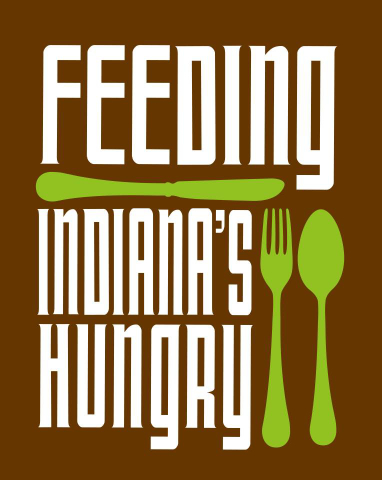1 in 4 IN Senior Food Bank Clients Choose Between Food and Medical Care
Milli ons of Americans work in low-wage jobs, living from paycheck to paycheck, saving little if any money for their retirement. Most low-wage jobs offer little in the way of pensions or 401(K) plans so after a lifetime of hard work, social security checks may be these workers’ only source of income.
ons of Americans work in low-wage jobs, living from paycheck to paycheck, saving little if any money for their retirement. Most low-wage jobs offer little in the way of pensions or 401(K) plans so after a lifetime of hard work, social security checks may be these workers’ only source of income.
“There are seniors across the state at community soup kitchens, food pantries and shelters who are attempting to live during what should be their golden years on social security chec ks of $700 a month or less,” said Emily Weikert Bryant, executive director of Feeding Indiana’s Hungry. “Due to the tough economic climate, this is now a reality for even more younger working seniors as they find themselves unemployed or underemployed.”
ks of $700 a month or less,” said Emily Weikert Bryant, executive director of Feeding Indiana’s Hungry. “Due to the tough economic climate, this is now a reality for even more younger working seniors as they find themselves unemployed or underemployed.”
Feeding Indiana’s Hungry member food banks feed more than 38,000 Hoosier seniors each year. Food insecurity– not having access to enough food for an active or healthy life – affects nearly 16 percent of all Hoosiers, including these seniors facing difficulty keeping themselves fed.
According to the study Hunger in America 2010, older workers experienced longer than average periods of unemployment and now have less income to spend on necessities as a result of missing out on potential wages, prematurely tapping into social security, or finding themselves with reduced wages after regaining employment. In fact, 25 percent of Hoosier households with seniors who rely on our local food pantries for help have had to choose between spending money on food and paying for medical care.
These realities are especially troublesome knowing that food insecurity, while it affects people of all ages is particularly detrimental to seniors because of their unique nutritional needs related to aging and/or their medical conditions.
A recent report, Spotlight on Senior Health: Adverse Health Outcomes of Food Insecure Older Americans, found that when compared to food-secure seniors, food-insecure seniors are more likely to have a lower nutrient intake and to be at a higher risk for chronic health conditions and depression.
“Assuring proper nutrition and adequate caloric intake in older adults is an important piece of the puzzle to preventing avoidable hospital and nursing facility admissions,” said Kristen LaEace, CEO of the Indiana Association of Area Agencies on Aging. “In addition to simply being the right thing to do, investment in the nutritional health of seniors up front helps prevent more expensive uses of Medicare and Medicaid services down the road. It’s a sound investment for tax payers to make.”
To avoid making difficult decisions between food and healthcare, seniors at risk of hunger often depend on local food pantries for help. Among food pantry clients 65 and older, more than half reported visiting a pantry on a monthly basis, the highest of any age group.
Our member food banks rely on generous private donations as well as federal programs like the Commodity Supplemental Food Program (CSFP), which supplies nutritious monthly food packages to 3,645 low-income Hoosier seniors. Connecting seniors to other programs like the Supplemental Nutrition Assistance Program (SNAP) helps ensure they have groceries to last them through the month so they don’t have to choose between filling prescriptions or filling their pantries. Many food banks also operate senior grocery programs or mobile pantries to get food to those seniors that need it most.
Feeding America is the largest charitable domestic hunger-relief organization in the country. Through its network of more than 200 member food banks, Feeding America serves 37 million people in need annually, including nearly three million seniors. With widespread community support, we and our member food banks are working with Feeding America to ensure that vulnerable seniors are provided with much-needed nutritious food. However, charity alone cannot solve senior hunger in our community.
As Congress allocates funding for fiscal year 2015, it’s important that they continue to provide nutrition assistance for low-income seniors at risk through the Commodity Supplemental Food Program (CSFP). This program must be funded each year through the annual federal appropriations process. Without sufficient funds to serve all eligible seniors in the state, our charities would not have the necessary support to safeguard local seniors from hunger.
To find out how you can join the fight against hunger, please visit feedingindianashungry.org. Together, we can provide hope to seniors and families in need.
The Indiana Association of Area Agencies on Aging, founded in 1978, advocates for quality programs and services for older adults and all persons with disabilities. The IAAAA works with Indiana’s 16 Area Agencies on Aging. The Area Agencies on Aging (AAAs) were designated by state statute in 1973 to deliver services under the Older Americans Act. AAAs are not-for-profit entities providing services to older adults and people with disabilities of any age and their caregivers.



